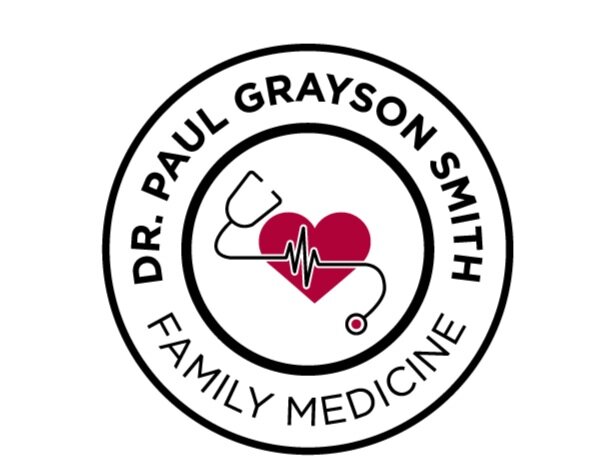Just because school has started back doesn’t mean that the weather has started cooling down yet. Here in the South, summer heat can last well into the official Fall season. But how do you know if you or a family member is experiencing heat exhaustion in the lingering high temperatures?
First of all, we all get hot, but what is actual heat exhaustion? Heat exhaustion happens when your body is not able to regulate its internal temperature and becomes dehydrated.
Now that you know what it is, how is caused? Heat exhaustion can be caused by physical activity in hot, humid weather. Certain medications and illnesses can also increase a person’s risk for heat exhaustion, and children and individuals about 60 are at a higher risk for experiencing heat exhaustion.
The symptoms of heat exhaustion are:
Excessive sweating
Dizziness
Headache
Thirst
Cramping muscles
If you or a family member is experiencing a combination of the symptoms above, it is important to stop physical activity, go indoors or into the shade, and drink water. Typically, if these steps are taken to treat heat exhaustion, the symptoms will improve within 30 minutes. If the symptoms linger beyond an hour, it is time to seek medical attention. Remember, walk-ins are always welcome at our office, and we are able to assist with heat exhaustion.
Hot weather and heat exhaustion don’t have to go hand in hand. There are multiple ways to avoid heat exhaustion:
When exercising, try to stay indoors or in the shade.
Drink plenty of water before, during, and after you are active.
Wear clothing that is lightweight and breathable when outdoors.
Keep in mind things like medication, illnesses, and age that can increase your risk for heat exhaustion.
While you shouldn’t be afraid of being outdoors and active while the weather is still hot, it is important to know the causes, symptoms, and treatments for heat exhaustion.

